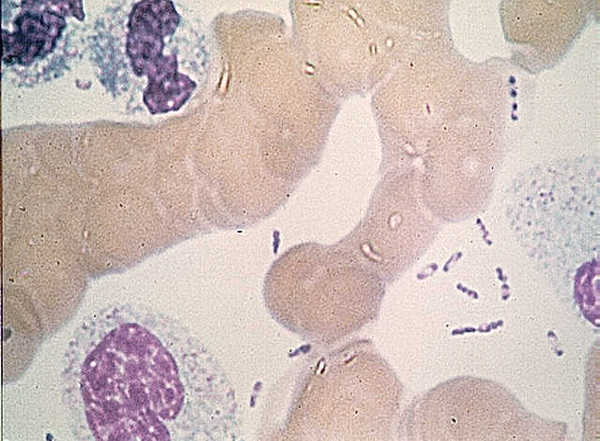Among the one trillion or so species that share space on our planet, complex relationships have emerged over time. Such relationships, in which two or more species closely interact, are collectively termed symbiosis. Although it’s commonly assumed that symbiotic relationships are mutually beneficial, this example constitutes only one type of symbiosis (known as mutualism). The traditional predator-prey relationship, clearly a one-sided arrangement, is also an example of symbiosis.

The sheer diversity of microbial species has led to the development of many well-characterized relationships with plants and animals. Perhaps the best-known example of mutualism in this context is the process of nitrogen fixation. In this process, various types of bacteria that live in water, soil or root nodules convert atmospheric nitrogen into forms that are readily used by plants. On the other hand, some types of bacteria-plant relationships are parasitic: the bacteria rely on the plant for survival but end up damaging their host. Parasitic relationships can have devastating ecological and economic consequences when they affect food crops.
Continue reading “Fighting Plant Pathogens Worldwide with the Maxwell® RSC PureFood GMO and Authentication Kit”
